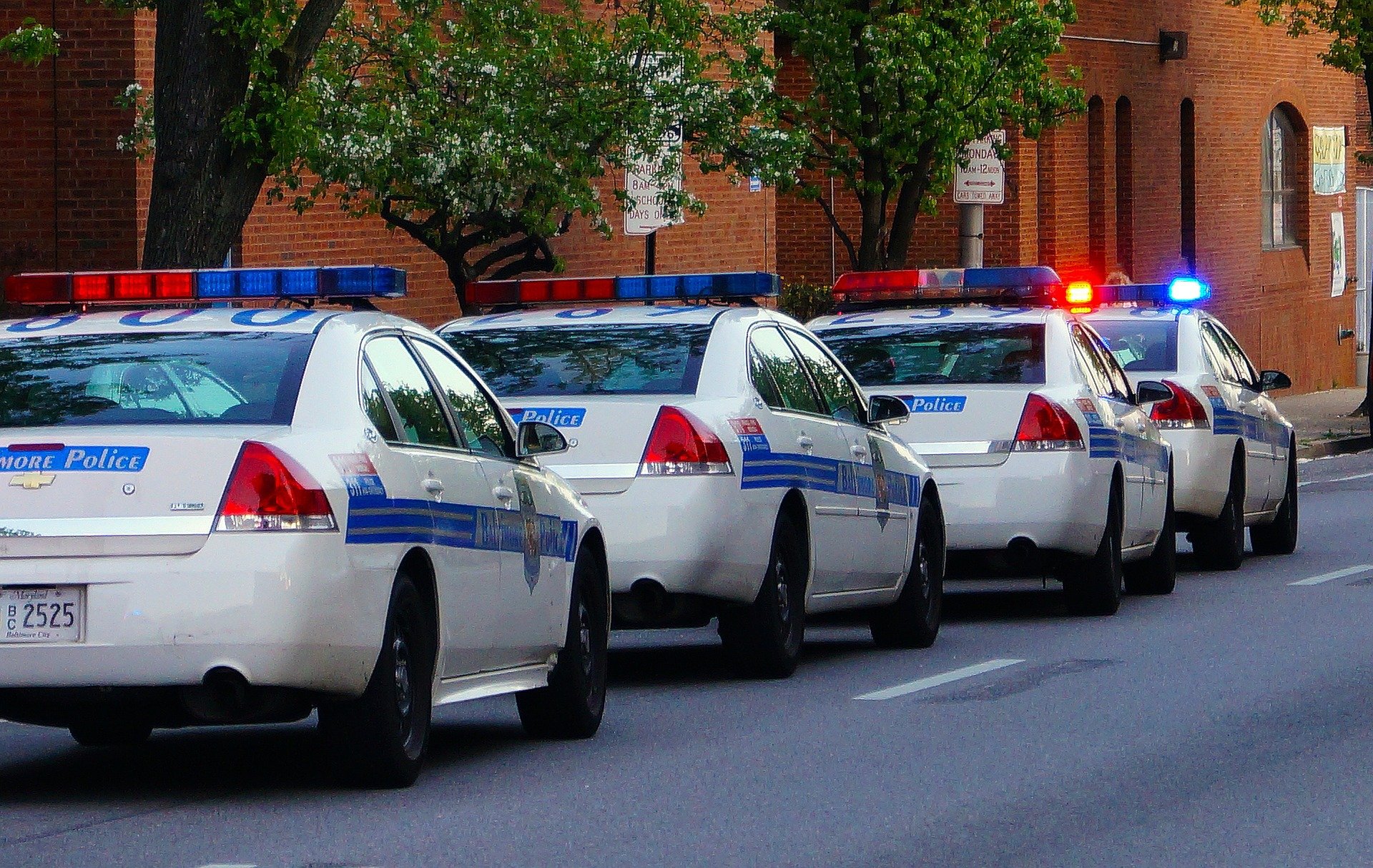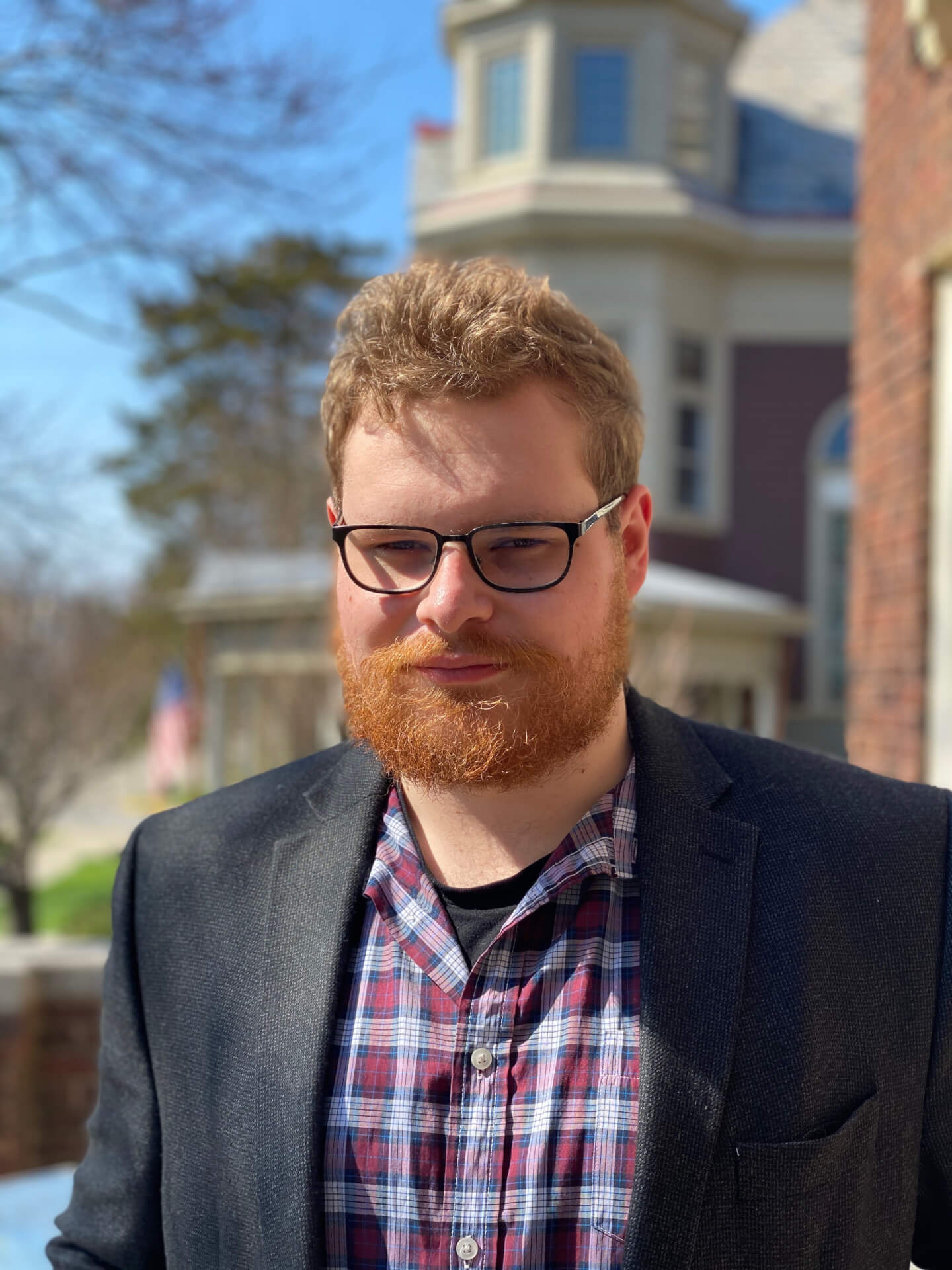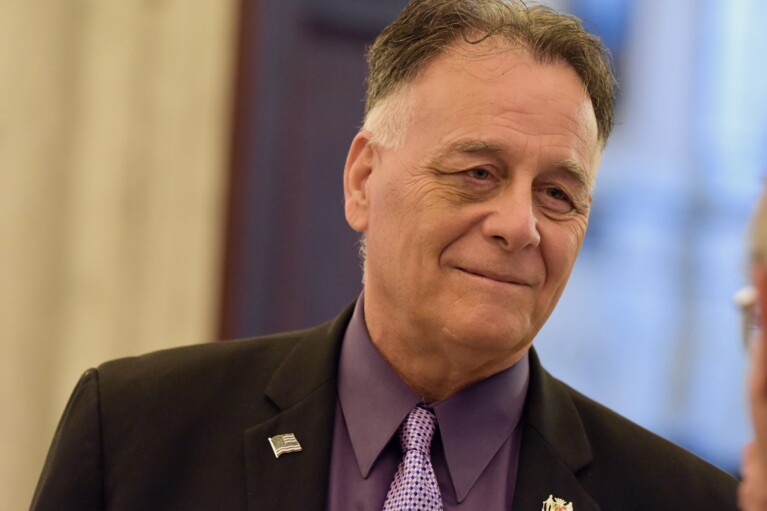Baltimore Seeks Public Input in Redrawing of Police Districts

Baltimore officials are seeking public feedback as they look to redraw longstanding police district lines for the first time in more than 50 years.
The current boundaries of the city’s nine police districts were set in 1959, Mayor Brandon M. Scott (D) said at a Friday news conference. He called the police precinct redistricting “long overdue.”
Baltimore had a population of 585,708 at the 2020 decennial census, according to the United States Census Bureau. In 1960, that figure was 939,024. While the city’s population has seen an overall decline since then, some neighborhoods have grown in recent years.
“Our city is not the same place that it was then, when those boundaries were drawn,” Scott said. “Population, workload, crime trends, even individual neighborhoods have changed dramatically over those past decades.”
Scott said the current boundaries “fail to efficiently and adequately distribute police resources.”
Members of the public can fill out a feedback form as part of the redistricting effort online. The form asks whether residents are satisfied with police response times and community engagement in their districts, and also asks whether the boundaries of their existing district should be kept the same.
Baltimore Police Commissioner Michael S. Harrison said that, in addition to public input, department officials will also use data on crime trends and population to set up the new districts. He added that the police department will seek public input both before and after a new map is drawn up.
Baltimore City Councilmember Mark Conway (D), who chairs the council’s Public Safety and Government Operations Committee, said redrawing the districts will improve response times throughout the city,
“Too often, I’ve seen instances where police districts border a line that no longer makes any sense,” Conway said.
The Maryland General Assembly passed a law in 2019 requiring the Baltimore police commissioner to redraw police districts after each decennial census. Sen. Cory V. McCray (D-Baltimore City), who sponsored that legislation, emphasized the importance of resident feedback in a press release.
“Our residents have invaluable input informed by years of living and working in our great city,” McCray said. “We need to tap into that knowledge in order to make the best decisions possible to make Baltimore a safer place to live for all.”
Scott recently proposed a budget increase for the city police department by $28 million — a move criticized by city residents and city Comptroller Bill Henry (D). Scott has defended the increase as being due to obligatory benefits, WYPR reported.




 Creative Commons Attribution
Creative Commons Attribution